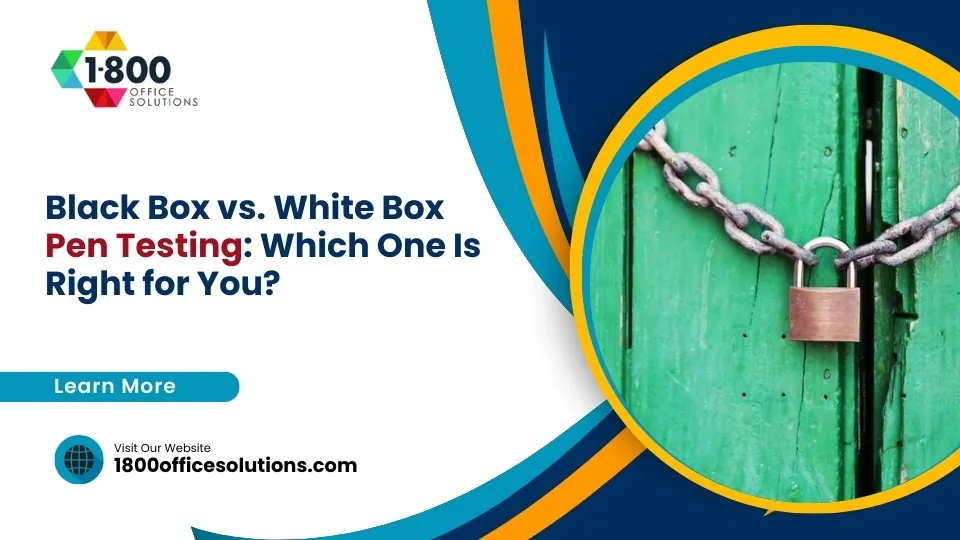Benefits of Routine Vulnerability Assessments
Regular Vulnerability Risk Assessments
In every digital business cybersecurity is more crucial than ever. One vital aspect of this field is conducting regular vulnerability risk assessments. These assessments help organizations identify potential weaknesses in their systems and take proactive measures to address them. By doing so, companies can safeguard their assets and protect themselves against potential threats.
Vulnerability risk assessments are essential because they provide a structured approach to identifying and evaluating potential risks. This process involves a thorough examination of an organization’s security measures to pinpoint vulnerabilities that could be exploited by malicious actors.
In this article, we’ll explore intricacies of vulnerability risk assessments, exploring their definition, types, and the process involved. We’ll also discuss the benefits of conducting these assessments regularly, including enhanced security posture, compliance with regulations, protection of company reputation, and cost savings. By the end of this article, you’ll understand why regular vulnerability risk assessments are indispensable for your company’s cybersecurity strategy.

Understanding Vulnerability Risk Assessments
What is a Vulnerability Assessment?
A vulnerability risk assessment is a systematic process designed to identify, evaluate, and prioritize potential threats to an organization’s security infrastructure. The primary purpose of this assessment is to uncover vulnerabilities that could be exploited by cyber threats, enabling the organization to take proactive measures to mitigate these risks.
Key components of a vulnerability risk assessment include identifying assets, mapping potential threats, and evaluating the likelihood and potential impact of these threats. The assessment also involves quantifying the severity of each vulnerability and developing a strategy to address them. In other words, it provides a roadmap for enhancing an organization’s cybersecurity posture and reducing the risk of successful cyber-attacks.
Types of Vulnerability Risk Assessments
Vulnerability risk assessments can be categorized into several types, each focusing on different aspects of an organization’s security infrastructure.
- Network vulnerability assessments: These assessments focus on identifying vulnerabilities within an organization’s network infrastructure, including routers, switches, and firewalls. They help detect weaknesses that could be exploited to gain unauthorized access to the network.
- Application vulnerability assessments: These assessments target software applications to identify potential security flaws. They examine the code, configuration, and functionality of applications to uncover vulnerabilities that could be exploited by attackers.
- Wireless vulnerability assessments: These assessments focus on identifying vulnerabilities within an organization’s wireless networks. They help ensure that wireless connections are secure and protected from potential cyber threats.
The Process of Conducting a Vulnerability Risk Assessment
The process of conducting a vulnerability risk assessment involves several key steps:
- Planning and preparation: The first step is to define the scope and objectives of the assessment. This includes identifying the assets to be assessed and determining the methodology to be used. Proper planning ensures that the assessment is comprehensive and effective.
- Identifying and categorizing vulnerabilities: In this step, vulnerabilities are identified using various tools and techniques, such as vulnerability scanners and penetration testing. The identified vulnerabilities are then categorized based on their severity and potential impact.
- Analyzing risk levels: Once the vulnerabilities are identified, the next step is to evaluate the risk associated with each vulnerability. This involves assessing the likelihood of exploitation and the potential impact on the organization. The goal is to prioritize the vulnerabilities based on their risk levels.
- Reporting findings: The final step is to document the findings of the assessment in a comprehensive report. This report should include a detailed description of the identified vulnerabilities, their risk levels, and recommended remediation strategies. The report serves as a guide for implementing necessary security measures.
Benefits of Regular Vulnerability Risk Assessments
Enhancing Security Posture
Regular vulnerability risk assessments play a crucial role in enhancing an organization’s security posture. By proactively identifying vulnerabilities, organizations can implement security measures to address potential threats before they are exploited. This proactive approach helps to prevent data breaches and cyber-attacks, ensuring the organization’s assets are protected.
In addition to identifying vulnerabilities, these assessments provide valuable insights into an organization’s overall security infrastructure. They highlight areas that require improvement and help prioritize security initiatives. Therefore, regular assessments are essential for maintaining a robust security posture and staying ahead of emerging cyber threats.
Compliance with Regulations
Compliance with regulations is another significant benefit of conducting regular vulnerability risk assessments. Many industries are subject to strict regulatory requirements, such as the GDPR and HIPAA, which mandate the protection of sensitive data. Failure to comply with these regulations can result in hefty fines and penalties.
Regular vulnerability risk assessments help organizations identify and address vulnerabilities that could lead to non-compliance. By ensuring that security measures are in place and effective, organizations can avoid legal repercussions and maintain their reputation.
Protecting Company Reputation
A company’s reputation is one of its most valuable assets. Data breaches and cyber-attacks can severely damage an organization’s reputation, leading to loss of customer trust and revenue. Regular vulnerability risk assessments help protect a company’s reputation by identifying and mitigating vulnerabilities that could lead to a breach.
By demonstrating a commitment to cybersecurity, organizations can build and maintain trust with their customers. Regular assessments show that the company is taking proactive steps to safeguard their data, which is crucial in today’s digital age.
Cost Savings
Conducting regular vulnerability risk assessments can also lead to significant cost savings. Preventing data breaches and cyber-attacks reduces the financial impact of these incidents, including the costs associated with incident response and recovery.
Additionally, identifying and addressing vulnerabilities early can prevent more severe issues down the line. This proactive approach helps to minimize the overall cost of maintaining cybersecurity and ensures that resources are used efficiently.













